Linux is free and open-source, this has emanated from the low total cost of ownership of a Linux system, compared to other operating systems.
Although Linux operating systems (distributions) are not entirely doing well on desktop computers, they are commanding the stats when it comes to powering servers, mainframe computers as well as supercomputers in data centers around the world.
There are several factors attributed to this: the first and most important that you might have thought of, is the general freedom associated with it, stability, and security among others.
In this article, we will list the top 12 Linux server distributions of 2023 based on the following considerations: data center capabilities and reliability in relation to supported functionalities and hardware, ease of installation and use, cost of ownership in terms of licensing and maintenance, and accessibility of commercial support.
1. Ubuntu
Top on the list is Ubuntu, an open-source Debian-based Linux operating system, developed by Canonical. It is, without a doubt, the most popular Linux distribution out there, and many other distributions have been derived from it. Ubuntu server is efficient for building top-performance, highly scalable, flexible, and secure enterprise data centers.
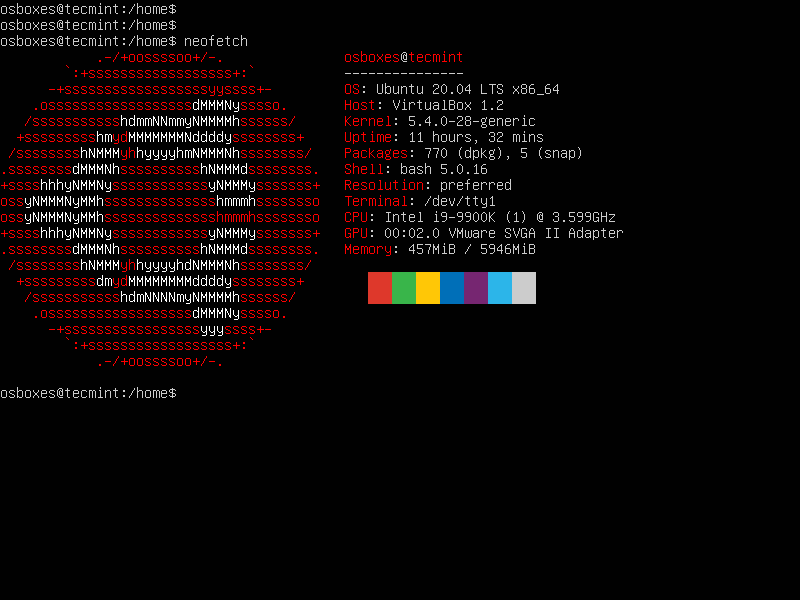
It offers remarkable support for big data, visualization, and containers, IoT (Internet Of Things); you can use it from most if not all common public clouds. Ubuntu server can run on x86, ARM, and Power architectures.
With the Ubuntu Advantage, you can get commercial support and services such as a systems management tool for security audit, compliance, and the Canonical livepatch service, which helps you to apply kernel fixes and many more. This is coupled with support from a robust and growing community of developers and users.
2. Red Hat Enterprise Linux (RHEL)
Second on the log is Red Hat Enterprise Linux (RHEL), an open-source Linux distribution developed by Red Hat, for commercial use. It is based on Fedora, which is a community-driven project: a great deal of software that is available on RHEL is first developed and tested on Fedora.
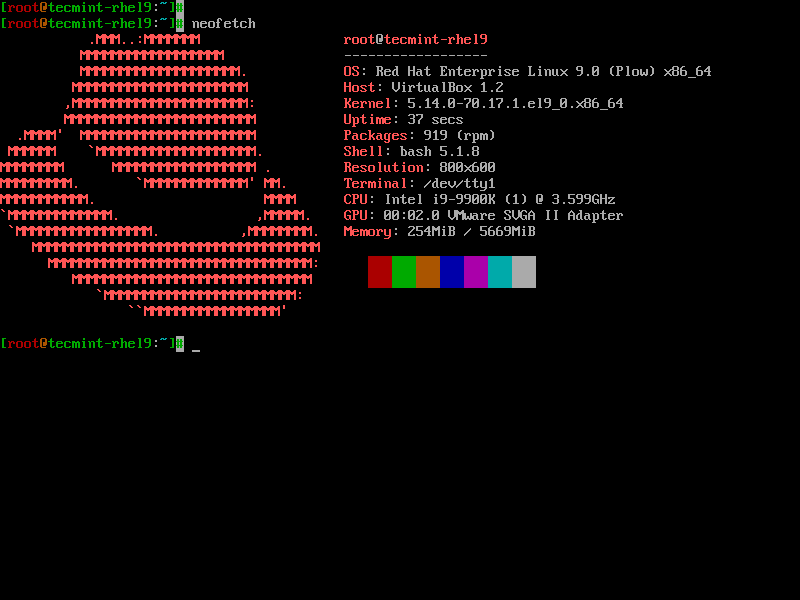
RHEL server is a powerful, stable, and secure software for powering modern data centers with software-oriented storage. It has amazing support for cloud, IoT, big data, visualization, and containers.
RHEL server supports 64-bit ARM, Power, and IBM System z machines. The Red Hat subscription enables you to get the latest enterprise-ready software, trusted knowledge, product security, and technical support from engineers.
3. SUSE Linux Enterprise Server
SUSE Linux Enterprise Server is an open-source, stable, and secure server platform built by SUSE. It is developed to power physical, virtual, and cloud-based servers. It is well suited for cloud solutions with support for visualization and containers.
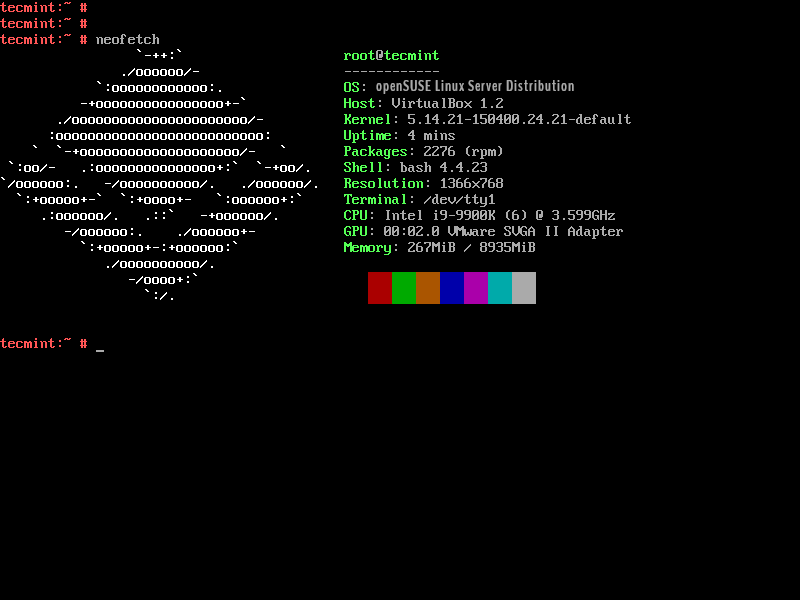
It runs on the modern hardware environments for ARM System on Chip, Intel, AMD, SAP HANA, z Systems, and NVM Express over Fabrics. Users can get technical support and services under various categories including priority support, and dedicated engineering among others, with SUSE Subscription.
4. Rocky Linux
Hosted by the Rocky Enterprise Software Foundation, Rocky Linux is a relatively new, free, open-source, and community-driven enterprise operating system built as a trusted successor of the then-popular CentOS Linux. Rocky Linux is stable, secure, and 100% compatible with RHEL.
Rocky Linux has CentOS roots. The founder of Rocky Linux Gregory Kurtzer is also a co-founder of the CentOS Linux project. It is under intensive development by the community and is the fastest-growing enterprise Linux distro being adopted in enterprise and high-performance computing (HPC) environments to run mission-critical workloads.
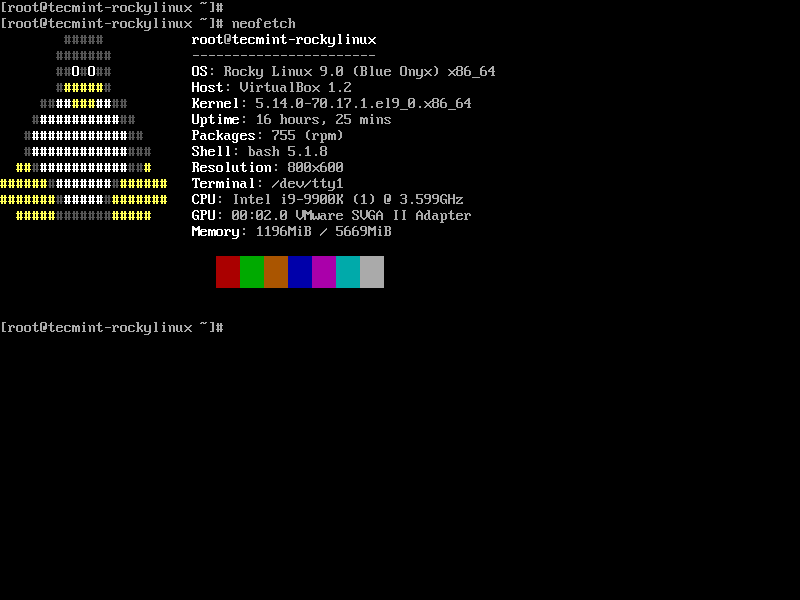
For new users, Rocky Linux provides an easy-to-use migration script to migrate from other enterprise Linux distributions, usable free of charge. Besides, it offers regular updates and a 10-year support lifecycle, also for free.
5. AlmaLinux OS
AlmaLinux OS is another free, open-source, and community-driven perfect replacement for CentOS Linux. It is intended for Individuals and organizations that require an enterprise-grade Linux distro but can not afford or don’t want to pay for an RHEL license.
The development and maintenance of AlmaLinux are governed and driven by the community and overseen by the AlmaLinux OS Foundation. The project is focused on long-term stability and a robust production-grade platform.
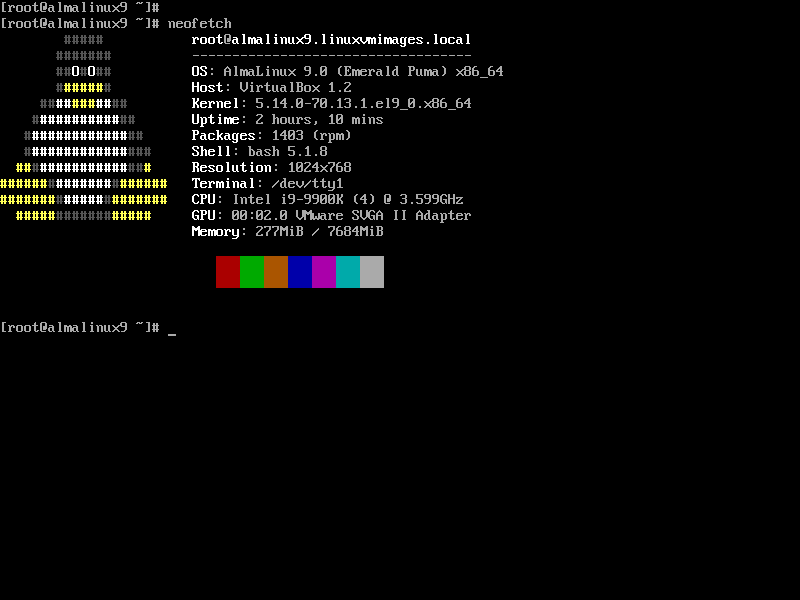
Importantly, just like Rocky Linux, AlmaLinux also offers a tool for migrating from other enterprise Linux distros, called almalinux-deploy.
6. CentOS (Community OS) Linux Server
CentOS is a stable and open-source derivative of Red Hat Enterprise Linux (RHEL). It is a community-supported distribution and is therefore operationally compatible with RHEL. If you want the use RHEL without paying a considerable amount of money via subscription, then you have to use CentOS.
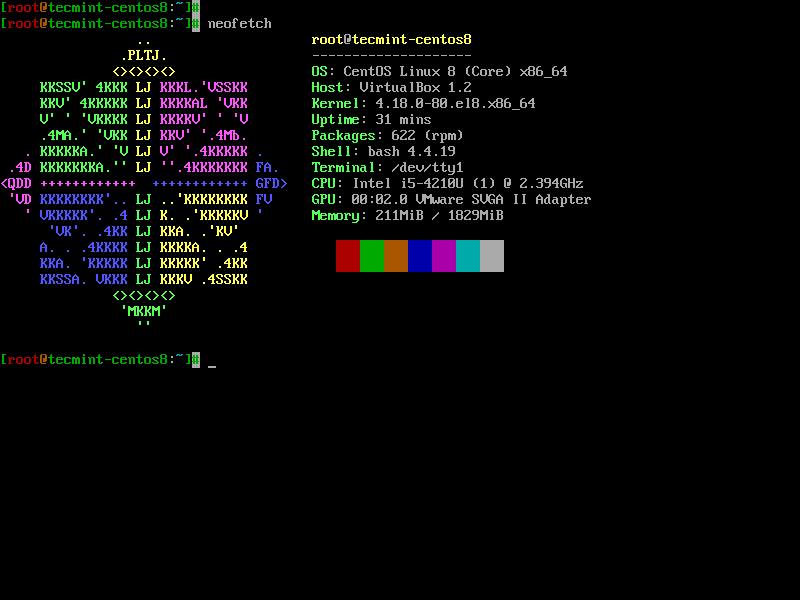
The CentOS distribution offers two variants: CentOS Linux and CentOS Stream.
- CentOS Linux is rebuilt from RHEL and referred to as the downstream variant.
- CentOS Stream is the upstream variant, which is used to develop the RHEL source code.
Since it is free software, you can get support from other community members, users, and online resources as well.
7. Debian
Debian is a free, open-source, and stable Linux distribution maintained by its users. It ships in over 51000 packages and uses a powerful packaging system. It is being used by educational institutions, business companies, and non-profit and government organizations.
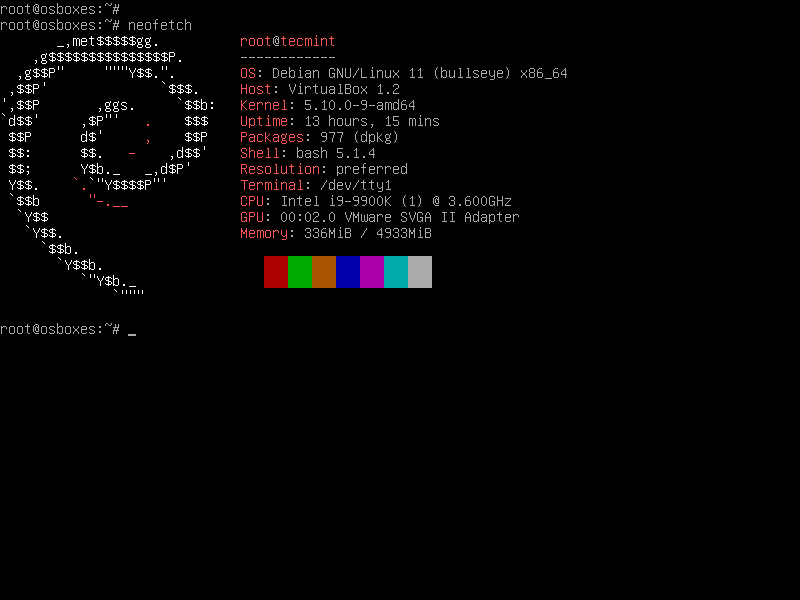
It generally supports a larger number of computer architectures including 64-bit PC (amd64), 32-bit PC (i386), IBM System z, 64-bit ARM (Aarch64), POWER Processors, and many more.
It has a bug-tracking system and you can get support for Debian by reading through its documentation and free web resources.
8. Oracle Linux
Oracle Linux is a free and open-source Linux distribution packaged and distributed by Oracle, intended for the open cloud. It’s remarkably engineered for small, medium to large enterprises and cloud-enabled data centers. It offers tools for building scalable and reliable big data systems and virtual environments.
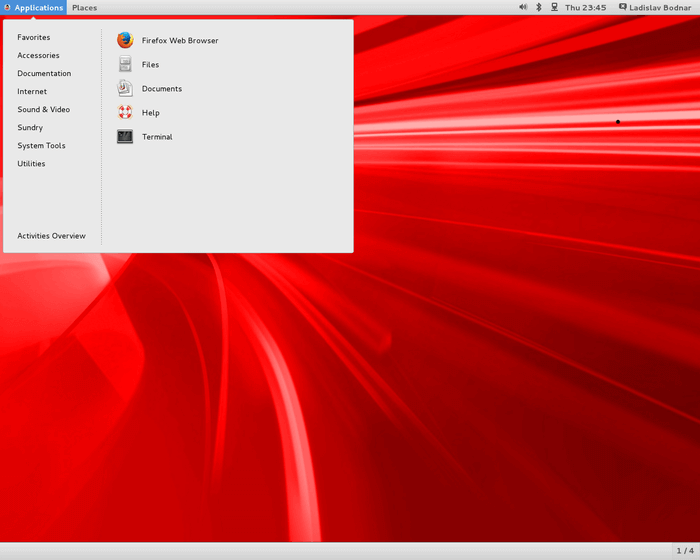
It runs on all x86-based Oracle-engineered systems and the Oracle Linux Support program enables you to get top-rated support with premier backports, extensive management, cluster applications, indemnification, testing tools, and plus so much more, at a reasonably lower cost.
9. Mageia
Mageia (a fork of Mandriva) is a free, stable, secure Linux operating system that is developed by a community. It provides an enormous repository of software including integrated system configuration tools. Importantly, it was the first Linux distribution to replace Oracle’s MySQL with MariaDB.
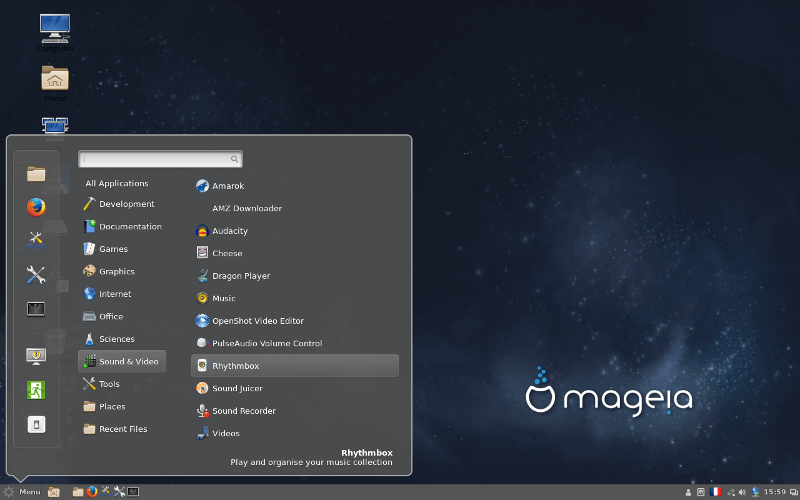
In case you need any support, you can contact the Mageia community which is made up of users, makers, and advocates.
10. ClearOS
ClearOS is an open-source Linux distribution derived from RHEL/CentOS, built by ClearFoundation and marketed by ClearCenter. It is a commercial distribution intended for small and medium enterprises as a network gateway and network server, with an easy-to-use web-based administration interface.
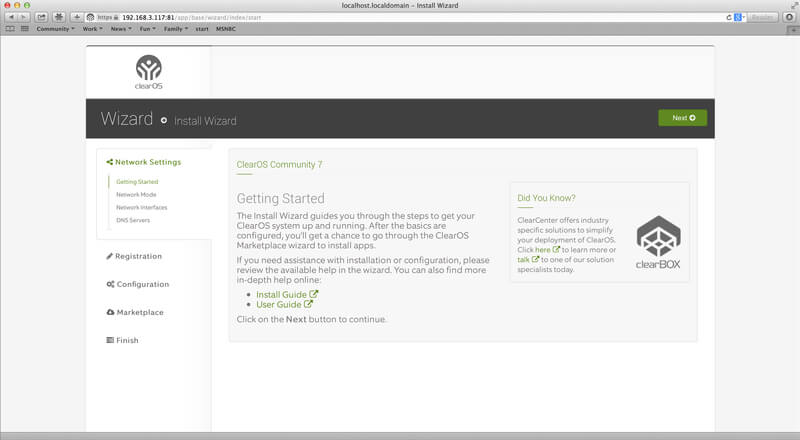
It is a smart, full-featured server software that is highly flexible and customizable. You receive premium support at an affordable cost and get additional software from the application marketplace.
11. Arch Linux
Arch Linux is also a free and open-source, simple, lightweight yet secure Linux distribution. It is flexible and stable; provides the latest stable versions of most software by following a rolling-release pattern and uses both official package and community-supported package repositories.
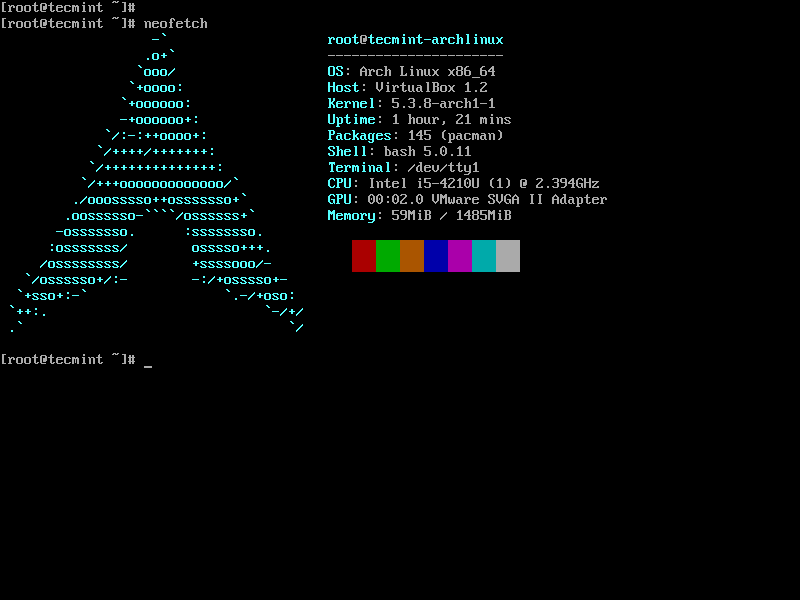
Arch Linux is a general-purpose distribution that is optimized for the i686 and x86-64 architectures. However, because of decreasing popularity among the developers and other community members, support for the i686 has now dropped.
It has a formal bug-tracking facility and you can get support from a thriving community and other online resources.
12. Slackware Linux
Last on the list is Slackware, a free and open-source, powerful Linux distribution that strives to be the most “Unix-like” in design simplicity and stability as well. It was created by Patrick Volkerding in 1993 and is best suited for Linux users who aim at technical proficiency.

It doesn’t offer a graphical installation method and has no auto-dependency resolution of software packages. Additionally, Slackware uses plain text files and a number of shell scripts for configuration and administration. And has no formal bug-tracking service or public code repository.
It has a wide range of development tools, editors, and current libraries for users who want to develop or compile supplementary software on their servers. It can run on Pentium systems and the latest x86 and x86_64 machines.
Slackware has no official support term policy, however, you can find help from comprehensive online documentation and other related resources.
That’s it! In this article, we have listed the top 12 Linux server distributions to use in 2023. Which distribution are you or your company using to power servers out there? Let us know via the comment section below.

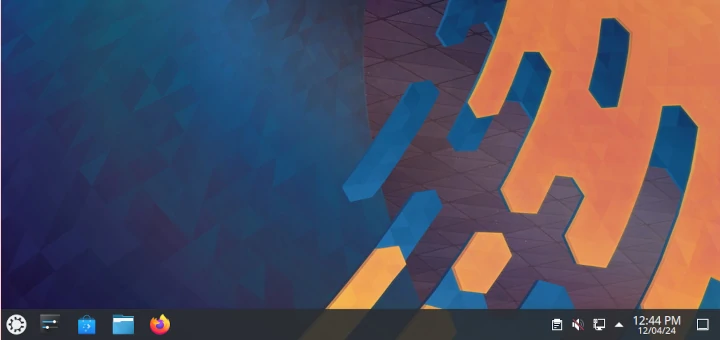

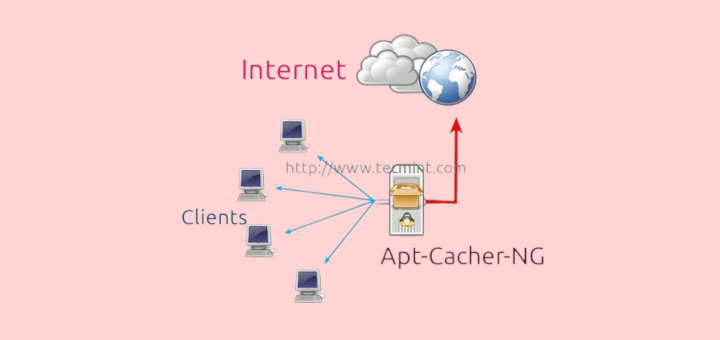
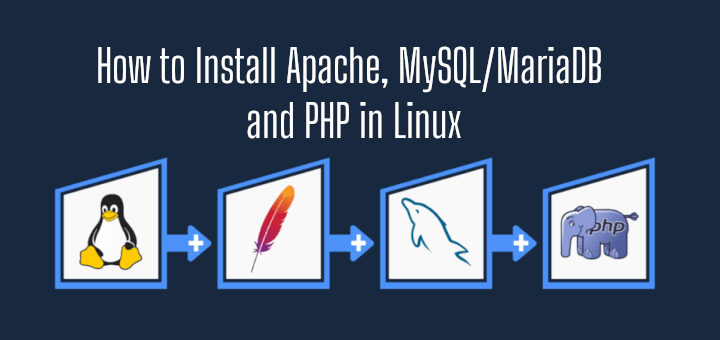


ClearOS has been dead for years. I don’t know why people keep including it in their lists. It’s like writers just google linux servers and copy and paste whatever they see.
@John,
Thank you for pointing that out.
Although ClearOS is no longer actively developed after its last release in 2019, the team has provided the source code to the community, meaning it can still be used but without future updates or security patches.
Honestly, is there anyone out there stupid enough to run a server with GUI these days? Even Windows had gone consoles. Tell me, how do you manage these GUIs remotely with ease? VNC? X11? or ssh?
I have to be honest here, the first thought that came up to my mind when this was my first suggestion in my google search was that TecMint answered a lot of my questions before and was really dependable.
This article WITH THE COMMENTS is “proof” of that, the list may not be perfect but I can see that people commenting on this know their stuff and their answers give more insight to someone who is browsing through this. I really hope you continue making these articles and appreciate all the critics from comments as well as take them into consideration for future articles.
Slackware and Arch do not belong on a list of Linux server distros. Not in the top 10. Not ever.
Hi,
Are you young? Cause Slackware belongs everywhere, Mobilephone, Rasberry, etc.
My servers run it since 1996.
It’s quite sad how this list is based on popularity rather than technical facts. Debian scored fifth, and CentOS fourth, while Ubuntu, surprisingly scored first. FreeBSD is not even on the list!
Debian and CentOS are iconic server distributions. Check the facts before spreading disinformation.
I agree FreeBSD should be near the top of the list. Also, this article starts off by saying Linux is not doing well on the desktop which I disagree with then goes on to show pictures with all the Linux distro desktops. Servers don’t use desktops. The person who wrote this needs some schooling for sure.
FreeBSD is not Linux and since this article is about Linux distributions, it is not surprising that it is not on this list. It is a very good server O/S though.
FreeBSD is not even Linux. Yet is hell of a server and hell of a system. And the centos is dead. It not suitable to use on servers anymore. Centos 7 is the last version of a system that is reliable as a server platform.
Debian and Ubuntu are both good server platforms. We can argue all day about a places on the list. But this article is just outrageous Arch, mageya on a server list . What.!!
If you’re going to edit this old list and update it for 2020, please go through the list and the descriptions of each distro again. Because specifically, the RHEL story is not correct. It supports 64-bit ARM now and has dropped support for Itanium, also, PowerPC is now called Power, not PowerPC anymore.
I disagree with Ubuntu Server being ‘1st’, in the enterprise, there are 2 server Linux editions, RHEL and SuSE Linux Enterprise, followed by Oracle Linux and CentOS, then maybe Debian / Ubuntu Server.
It might be that Ubuntu Server is deployed more by Website parking hosters, but in the Enterprise RHEL and SuSE rule the game.
This article bespeaks a severe lack of technical knowledge, experience, and understanding of what are the critical components and configuration issues that separate a Linux desktop from a designated Linux server.
As one commenter mentioned, and as I have done on very few occasions for a client whose needs pointed to the benefits of a Linux Server solution, but whose budget would not otherwise allow – I have used a “workstation” class desktop as a Linux server for rudimentary server tasks, but generally would not advise such casual rationale, which could prove counterproductive.
These above statements of mine derive from more than twenty-five years of experience, several Linux certifications and training programs, and professional services with Linux server and desktop services, including representing a major Linux distributor – SUSE GmbH, of Germany as a Linux Partner.
A missing point of information in the listings is that Univention out of Europe is a large International corporation and partner of Debian Linux for Enterprise training and support services.
An amateur article reporting on Linux like this leads to gross misconceptions and misinformation.
Leave that area of reporting to Microsoft writers.
Please be explicit and tell us what the article got wrong in the form of constructive criticism. Your critique is vague and belittling. Maybe we, too, could learn from your highly esteemed experience?
Mr. Anderson, please enlighten us. What did the article get wrong so we don’t go running the wrong way?
I find it strange that they have not put linux mint
@German,
Linux Mint is only for Desktop users, not for server hosting..
Most of these arent server editions. Yes, they could be used as servers but no one in their right mind in an enterprise environment would actually use them as servers. There are more server editions out there but not mentioned. I think the author of this was just lazy.
Exactly!
@Jade
All the above listed Linux distributions have server editions, don’t be confused by the desktop environment images we have included. The images are intended to make the post more appealing.
So, I read the article referenced on serverwatch.com. No where does it reference where it got it’s “facts” or “statistics” so I’m not certain why you are arguing the legitimacy of the list at all.
At any rate, I work for a large MSP that uses RHEL strictly for it managed Linux offering, but offers CentOS for it’s self-serve option in addition to RHEL. In addition to that, most Linux jobs available in my area look for Red Hat experience over any other Linux.
While I’m sure that there are a lot of Ubuntu Server based systems in the wild, I’m willing to bet there is more RedHat based code in the wild than DebUntu based code, on the server level.
This of course, discounts Ubuntu based Docker projects. I’d be willing to bed Ubuntu code is the base of a majority of Docker based infrastructure (if not Alpine Linux).
@H4k3r
According to the same referenced article, the research was actually done by serverwatch.com, however, though we do not know the details of it all. But basing on the fact that they watch server usage out there, we can bank on the list they provided.
Many thanks for the feedback, and for sharing this useful information.
Ubuntu and Debian?, I think that those distros are not for servers and because have many problems of stability and a little monster called systemd. Slackware have a resolutions of dependencies through slpkg.
@Rances
Sure, but it is no the case out there. Debian is actually considered more stable than many other distributions out there, and Ubuntu though not considered stable, it is very efficient thus popular for powering clouds.
Very superficial article. Nothing of a server traits discussed. Since many distros can also be used as server,entirely customizable as per user capabilities, the author has dished out an ordinary article.
Even dedicated server distros like univention which seeks to tackle Microsoft AD, or a medium distro like Zentyal do not find a place. Will Tecmint people even conduct a primary review of any article published from its site?
@Nathan
The dedicated server distros such as univention and Zentyal you are talking about are not so popular out there, however good you think they may be. This list was originally provided by serverwatch.com, a trusted and leading site in providing information exclusively regarding servers. They keep an eye on usage statistics and do related research about server software out there, which we at TecMint may not be capable of doing.
In this article, we have explained the features of each Linux server distros that has emerged in the top 10; we tried to describe things that could have made each distro appear in its respective position.
Thanks for sharing your concern, and for following us.
It could be great to build an arch derivate distro with a list of packages and an installer GUI
@fulgor
Sure, that would be amazing. A lot of Linux users still find Arch Linux a little of a challenge to use, such an idea could perhaps turn things around.
Mint is probably more popular then Ubuntu.
@Gerard
Mint is probably more popular than Ubuntu on desktop computers, but not servers.
Really dont understand Ubuntu at First place..
My perception would put Debian and CentOs at top.
@Vimeto
Yes, that is according to your perception, however, what is unfolding out there is much more different. Ubuntu is at the top, in the of Linux server distributions for this year.
Univention Corporate Server, could be included.
@Neeraj
Many servers could be included in the list, however, though, we only considered the top 10, according to usage statistics out there.
Ubuntu in the first place of a top 10 server distros? RHEL based on Fedora? WTF am I reading!!?? What were you smoking when you wrote this? ⊙_⊙
@Mauricio
Yes Ubuntu in the first place of top 10 Linux server distros, this is not according to our own imaginations but proven statistics out there. You can find out more from serverwatch.com.
And secondly, according to information posted on the RHEL website about the relationship between Fedora and Red Hat Enterprise Linux:
“Red Hat Enterprise Linux and Fedora enjoy a mutually beneficial relationship that ensures rapid innovation. Fedora benefits from the sponsorship and feedback from Red Hat. In turn, Red Hat can bring leading-edge innovation to the broader community for collaboration, enabling a rapid maturation of the technology.”
So logically RHEL is based on innovations from Fedora, which acts as a software development and testing bed. I hope this will drive the point home.
There is no official statistics about Linux distros use, just opinions or charts based on convenience. I think RHEL based distros lead the serious server world.
Anyway, about the base distro of RHEL, saying that is based on Fedora is like saying Debian stable is based on unstable. Ubuntu is based on Debian, but Fedora is where Red Hat tests bleeding edge software, not a base distribution.
I thought exactly the same ¿^^